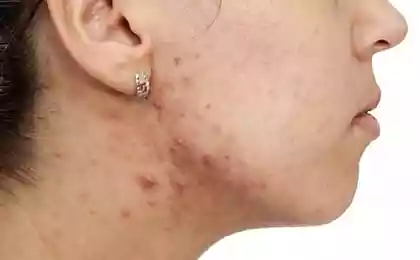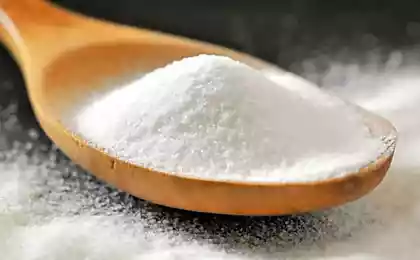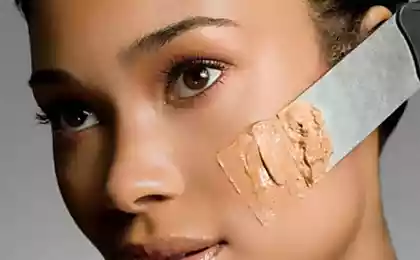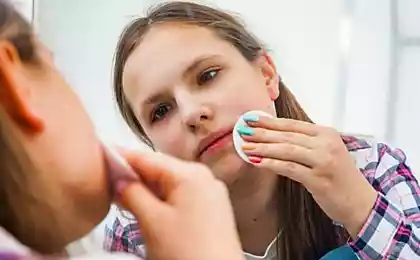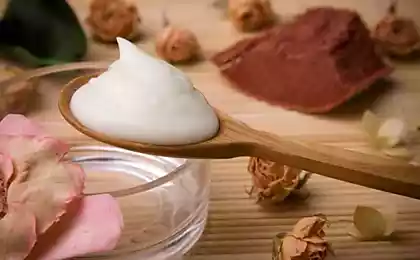134
Lead dermatologist: All these creams and oils are usually comedogenic! And here is the pharmacy cosmeceuticals.
If the term "comedones" you do not know and sounds frightening, then you have definitely heard about acne, black dots, papules, pustules and other skin rashes and, probably, at least once in your life you have encountered them. All these skin manifestations are ill-fated comedones, which spoil not only the appearance of the skin, but can easily grow from a cosmetic problem to a medical one.
And if you hear for the first time that even the most expensive and advertised cosmetics can be comedogenic, then read our useful article!
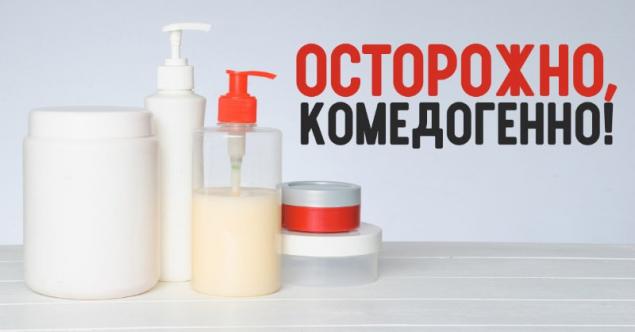
Editorial "Site" It will tell you everything you need to know about the comedogenicity of cosmetics, and which components in care products are not exactly dangerous.
Unfortunately, comedones appear not only in those who neglect personal hygiene and do not clean the face properly, but also in those who have a genetic predisposition, suffer from hormone imbalances, stress, take certain medications or constantly expose the skin to adverse weather conditions.
But, as if this is not enough, dermatologists claim that some cosmetics can provoke the appearance of comedones due to clogged pores.

DepositPhotos
Comedogenicity of cosmetics - one of the hottest topics today, because the shelves of stores are bursting with an abundance of all kinds of funds for every taste and wallet. And even if you do not see the cherished "non-comedogenic" on the label, then you look at the composition of the remedy unequivocally. And if there are silicones or, God forbid, mineral oil, you probably will not buy such a product, because clogged pores you certainly do not need.

DepositPhotos
Comedogenic components in cosmetics are ingredients that tend to block pores and contribute to the development of acne symptoms. “Comedogenic ingredients clog pores and prevent the skin from breathing. The irritating effect of these substances can provoke increased sebum excretion and cause disruption of epithelium renewal processes, explain dermatologists.
People with sensitive and oily skin are prone to comedogenicity, the appearance of comedones is also influenced by the specific biochemistry of metabolic processes in the skin, the formula of sebum (it, by the way, is comedogenic in itself). In such conditions, even the most non-comedogenic cosmetics can in the blink of an eye turn into the main enemy of your skin.
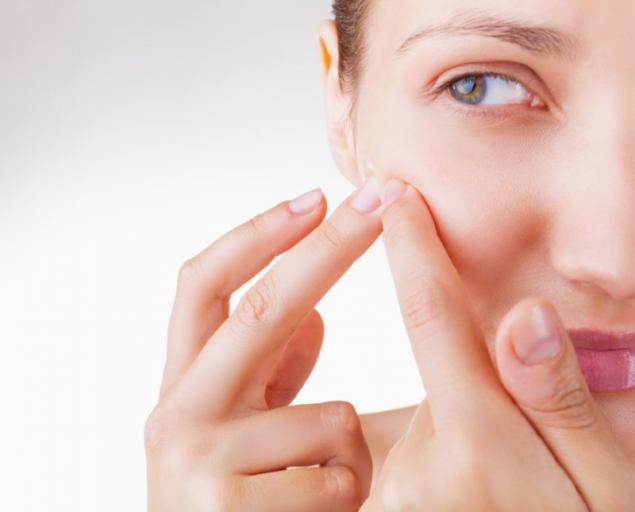
DepositPhotos
Regardless of the skin type, cosmetologists recommend avoiding silicones and petroleum products first. It's mineral oil, Vaseline, paraffin. It is also worth eliminating lanolin alcohol, fatty acids, peach, almond oil, as well as grape seed oil.
The cause of the formation of comedones can be irritating components: alcohol, camphor, mint, eucalyptus, citrus extracts and even the beloved gamamelis. The texture of the tool, by the way, is no less important than its composition. And the denser and thicker it is, the higher the probability of comedogenicity.
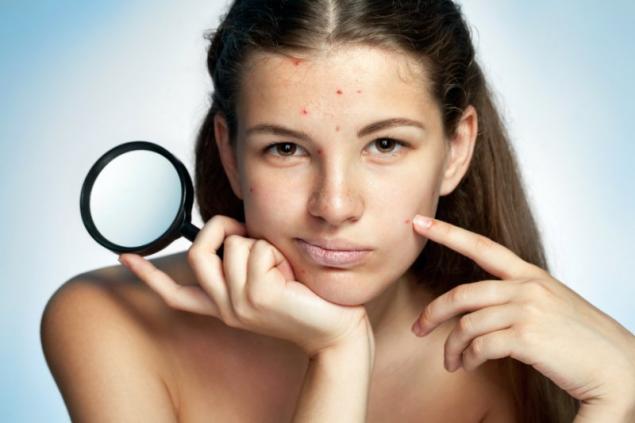
DepositPhotos What cosmetics are comedogenic and which are not Pharmacy cosmetics for the faceIt is usually non-comedogenic. In cosmeceuticals, all ingredients are added within the norm, so as not to harm the dermal layer of the skin in any case. The safest components in them are salicylic acid, benzoyl peroxide and sulfur.
Salicylic acid is an excellent means of preventing blockage of pores, because it is most often found in cleaning lotions, gels and foams. Benzoyl peroxide normalizes the sebaceous glands, thereby preventing the formation of comedones. And sulfur, which is most often used in products for problem skin, removes the remains of sebum, protects the dermal layer and regulates the work of the sebaceous glands. Simple but effective components!

DepositPhotos
But these ingredients in cosmetics, on the contrary, They almost always exhibit comedogenic properties.: decaglyceryl decaoleate, decyl oleate, lanolic acid, laneth-10 acetate, acetylated lanolin alcohol, isostearyl alcohol, oleyl alcohol, isostearic acid, oleic acid, olive oil, myreth 3 myristate, C12-C15 alcohols benzoate, octylmitate, lanolin alcohol, cocoa butter, coconut, oil isopara C13-16.
As you can see, there aren't many. Keep this list for yourself, let it always be on hand when you go to the cosmetics store.
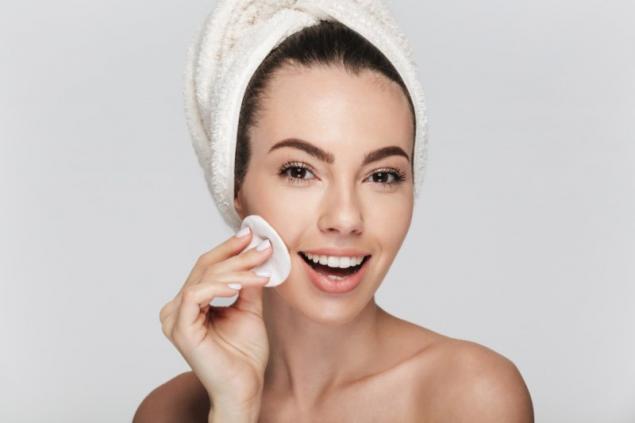
DepositPhotos
But most importantly, it is important to understand that our bodies are different, so we can talk about comedogenicity only as a trend. The reaction to the same substance in different people will be completely different. Therefore, even if the label of the cream is written in huge letters “non-comedogenic”, you should be careful to test the cosmetic first on the back of the wrist, and then apply it to the sensitive skin of the face.
Don’t forget to share this useful article with your friends on social networks!
And if you hear for the first time that even the most expensive and advertised cosmetics can be comedogenic, then read our useful article!

Editorial "Site" It will tell you everything you need to know about the comedogenicity of cosmetics, and which components in care products are not exactly dangerous.
Unfortunately, comedones appear not only in those who neglect personal hygiene and do not clean the face properly, but also in those who have a genetic predisposition, suffer from hormone imbalances, stress, take certain medications or constantly expose the skin to adverse weather conditions.
But, as if this is not enough, dermatologists claim that some cosmetics can provoke the appearance of comedones due to clogged pores.

DepositPhotos
Comedogenicity of cosmetics - one of the hottest topics today, because the shelves of stores are bursting with an abundance of all kinds of funds for every taste and wallet. And even if you do not see the cherished "non-comedogenic" on the label, then you look at the composition of the remedy unequivocally. And if there are silicones or, God forbid, mineral oil, you probably will not buy such a product, because clogged pores you certainly do not need.

DepositPhotos
Comedogenic components in cosmetics are ingredients that tend to block pores and contribute to the development of acne symptoms. “Comedogenic ingredients clog pores and prevent the skin from breathing. The irritating effect of these substances can provoke increased sebum excretion and cause disruption of epithelium renewal processes, explain dermatologists.
People with sensitive and oily skin are prone to comedogenicity, the appearance of comedones is also influenced by the specific biochemistry of metabolic processes in the skin, the formula of sebum (it, by the way, is comedogenic in itself). In such conditions, even the most non-comedogenic cosmetics can in the blink of an eye turn into the main enemy of your skin.

DepositPhotos
Regardless of the skin type, cosmetologists recommend avoiding silicones and petroleum products first. It's mineral oil, Vaseline, paraffin. It is also worth eliminating lanolin alcohol, fatty acids, peach, almond oil, as well as grape seed oil.
The cause of the formation of comedones can be irritating components: alcohol, camphor, mint, eucalyptus, citrus extracts and even the beloved gamamelis. The texture of the tool, by the way, is no less important than its composition. And the denser and thicker it is, the higher the probability of comedogenicity.

DepositPhotos What cosmetics are comedogenic and which are not Pharmacy cosmetics for the faceIt is usually non-comedogenic. In cosmeceuticals, all ingredients are added within the norm, so as not to harm the dermal layer of the skin in any case. The safest components in them are salicylic acid, benzoyl peroxide and sulfur.
Salicylic acid is an excellent means of preventing blockage of pores, because it is most often found in cleaning lotions, gels and foams. Benzoyl peroxide normalizes the sebaceous glands, thereby preventing the formation of comedones. And sulfur, which is most often used in products for problem skin, removes the remains of sebum, protects the dermal layer and regulates the work of the sebaceous glands. Simple but effective components!

DepositPhotos
But these ingredients in cosmetics, on the contrary, They almost always exhibit comedogenic properties.: decaglyceryl decaoleate, decyl oleate, lanolic acid, laneth-10 acetate, acetylated lanolin alcohol, isostearyl alcohol, oleyl alcohol, isostearic acid, oleic acid, olive oil, myreth 3 myristate, C12-C15 alcohols benzoate, octylmitate, lanolin alcohol, cocoa butter, coconut, oil isopara C13-16.
As you can see, there aren't many. Keep this list for yourself, let it always be on hand when you go to the cosmetics store.

DepositPhotos
But most importantly, it is important to understand that our bodies are different, so we can talk about comedogenicity only as a trend. The reaction to the same substance in different people will be completely different. Therefore, even if the label of the cream is written in huge letters “non-comedogenic”, you should be careful to test the cosmetic first on the back of the wrist, and then apply it to the sensitive skin of the face.
Don’t forget to share this useful article with your friends on social networks!
7 foods that are banned for gout
The bone on the leg shrinks and disappears, arthrosis of the foot no longer bothers! Our grandmothers mastered this type of massage.

